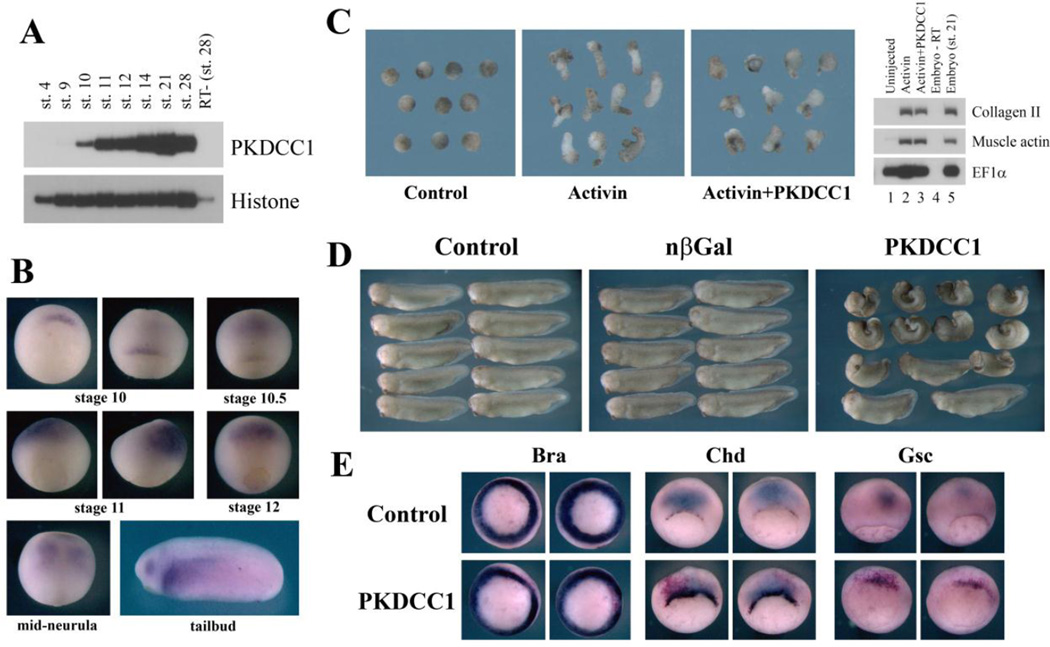Figure 5. PKDCC1, a dorsally enriched gene, induced gastrulation defects when ectopically expressed.
A) RT-PCR showed that PKDCC1 was first expressed during early gastrulation, and its expression persisted until at least tailbud stages. B) In situ hybridization showed that PKDCC1 was expressed in the organizer at the dorsal lip region in early gastrula embryos. Its expression was then up-regulated in the anterior neural tissues during mid-gastrula to neurula stages. At tailbud stages, PKDCC1 transcripts were seen in the eyes, the lateral plate mesoderm, and the heart primordium. C) PKDCC1 reduced activin-induced animal cap elongation without affecting mesodermal cell fates. D) Ectopic expression of PKDCC1 in early Xenopus embryos induced gastrulation defects, with the resulting embryos displaying reduced body axis, smaller head, and failure in neural tube closure. E) Overexpression of PKDCC1 did not inhibit mesodermal formation in early embryos, as indicated by normal expression of brachyury (Bra), but delayed involution and/or migration of dorsal mesodermal cells marked by chordin (Chd) and goosecoid (Gsc).

